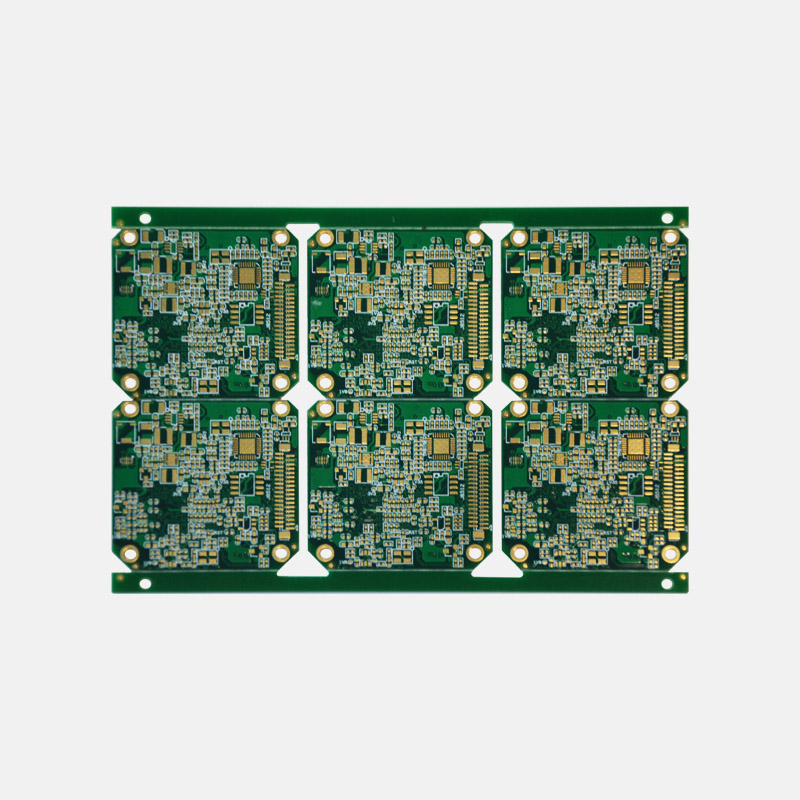How to deal with the PCB circuit board after the shelf life?
PCB circuit boards are crucial components used in various electronic devices. However, they have a limited shelf life, and after a certain period, they may not perform optimally or fail completely. To ensure their functionality and extend their lifespan, proper handling is essential. This article provides comprehensive guidelines on how to deal with PCB circuit boards after their shelf life.
1. Assessment of Shelf Life
Before handling PCB circuit boards after their shelf life, it is important to assess their actual lifespan. Shelf life varies depending on several factors, including the type of components, manufacturing standards, and storage conditions. PCB manufacturers usually provide information about the expected shelf life. Therefore, it is recommended to check the manufacturing date and any expiration date mentioned on the boards or their packaging.
2. Visual Inspection
Perform a visual inspection of the PCB circuit boards to check for any visible signs of damage or deterioration. Look for discoloration, corrosion, bulging capacitors, or burnt spots, as these indicate potential issues. Ensure there are no physical damages such as cracks or bent leads that may affect the reliability of the circuit boards.
3. Testing and Troubleshooting
Conduct testing and troubleshooting procedures to ascertain the functionality of the PCB circuit boards. Utilize appropriate testing equipment such as multimeters and oscilloscopes to check for any electrical faults or abnormalities. If possible, connect the circuit boards to a power source and observe their performance. Identify any faulty components or connections that may require repair or replacement.

4. Proper Storage
Implement suitable storage measures to preserve the condition of PCB circuit boards. Store them in anti-static bags or containers to protect them from static electricity, moisture, dust, and other contaminants. Keep them in a cool and dry environment, away from direct sunlight and extreme temperatures. Ideally, maintain a controlled humidity level of 30-60% to prevent corrosion or oxidation of the metallic components.
5. Recycling and Disposal
Properly dispose of PCB circuit boards if they are beyond repair or have exceeded their shelf life. It is important to follow appropriate environmental regulations and guidelines for their disposal. Many countries have specific regulations in place to promote responsible electronic waste management. Contact local recycling or waste management centers for guidance on proper disposal methods and potential recycling options.
To ensure the optimal performance and longevity of PCB circuit boards, it is crucial to handle them properly after their shelf life. This involves assessing their lifespan, conducting visual inspections, testing for functionality, implementing suitable storage measures, and following proper recycling and disposal techniques. By following these guidelines, individuals and organizations can mitigate potential risks and contribute towards sustainable and responsible electronic waste management.
Send PCB Files to Sales@ucreatepcba.com, We Will Quote You Very Soon!
Request PCB Manufacturing & Assemble Quote Now



